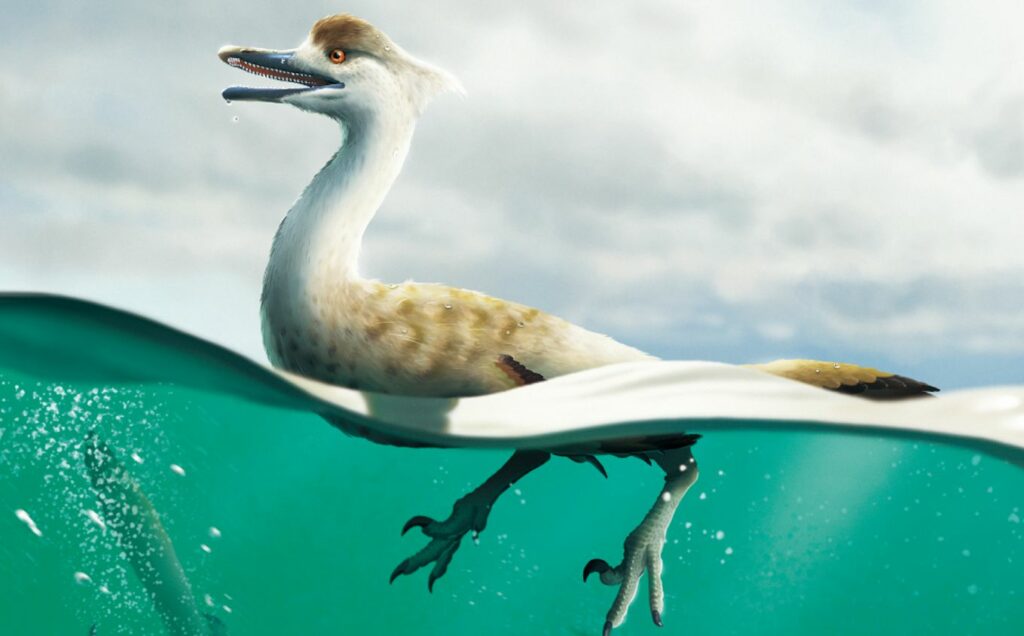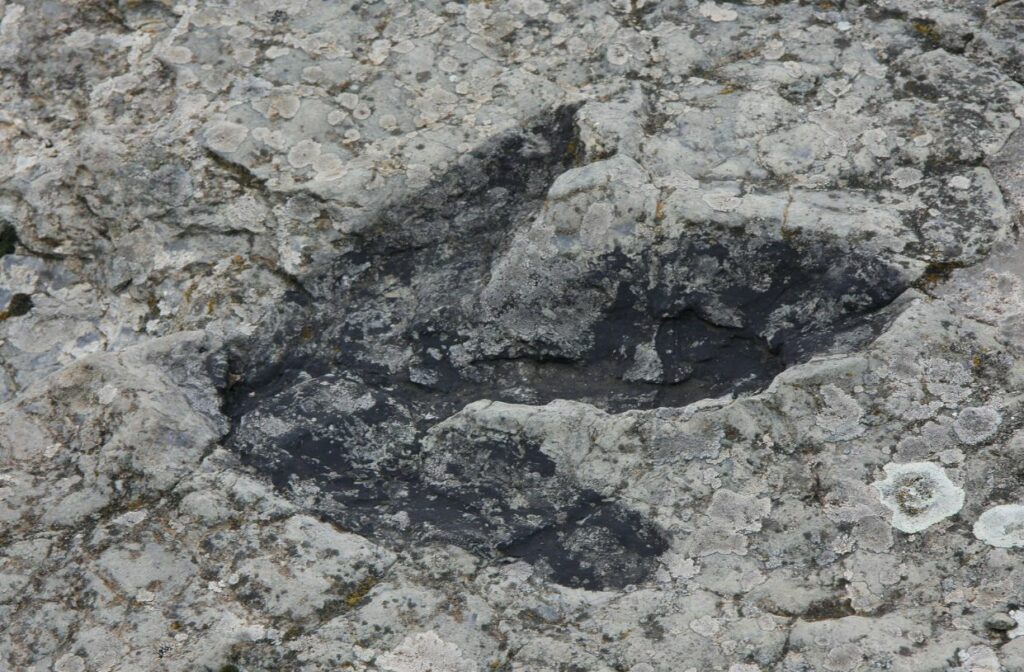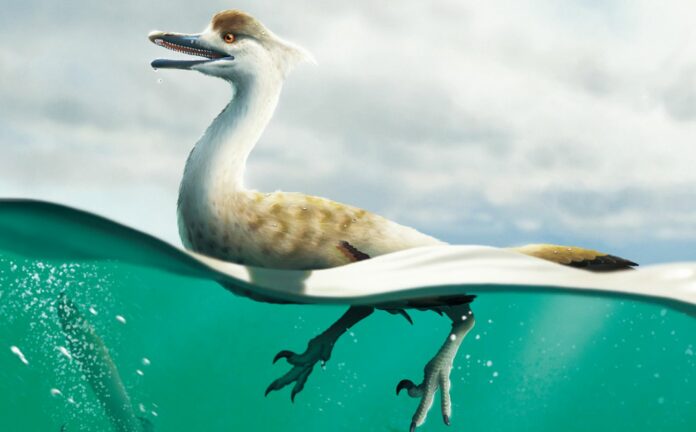Newly found toothy diving dino, dubbed Natovenator polydontus, meaning “swimming hunter with many teeth”, is the first case of a non-avian theropod a type of carnivorous dinosaur that walked on two legs — to have a streamlined body similar to penguins.
In a paper published in Communications Biology, scientists reveal a previously unknown species of non-avian dinosaur that shares physical characteristics with current diving birds like penguins and auks. These results show for the first time that a non-avian theropod (a two-legged carnivorous dinosaur) had a streamlined body.

Yuong-Nam Lee and colleagues discovered the new species by investigating the fossilized remains of a specimen from Mongolia’s Omnogovi Province. They called the new dino species Natovenator polydontus, meaning “swimming hunter with many teeth.” The specimen includes the head, spinal column, one forelimb, and the remnants of two hindlimbs. It is a nearly complete skeleton.

The authors describe various adaptations that show Natovenator was a semiaquatic diving predator, including a streamlined body like that of contemporary diving birds (with ribs pointing towards the tail) and a long neck like that of modern water birds like geese. These adaptations may have helped Natovenator capture prey by reducing the resistance it encountered while swimming. The scientists also hypothesize that Natovenator’s exceptionally large number of teeth relative to the size of its jaw may suggest that it had a fish- or insect-based diet, but further evidence, such as the fossilized remnants of its stomach contents, is required to verify this.
Natovenator was closely related to halszkaraptorines, a group of non-avian theropod dinosaurs that previous research has suggested may have been adapted for a semiaquatic lifestyle, similar to modern waterfowl, according to analysis of the evolutionary relationships between Natovenator and other theropod dinosaurs. The results show that Natovenator was a semi-aquatic diving predator, and they give us more information about how theropods evolved.
Source: 10.1038/s42003-022-04119-9
